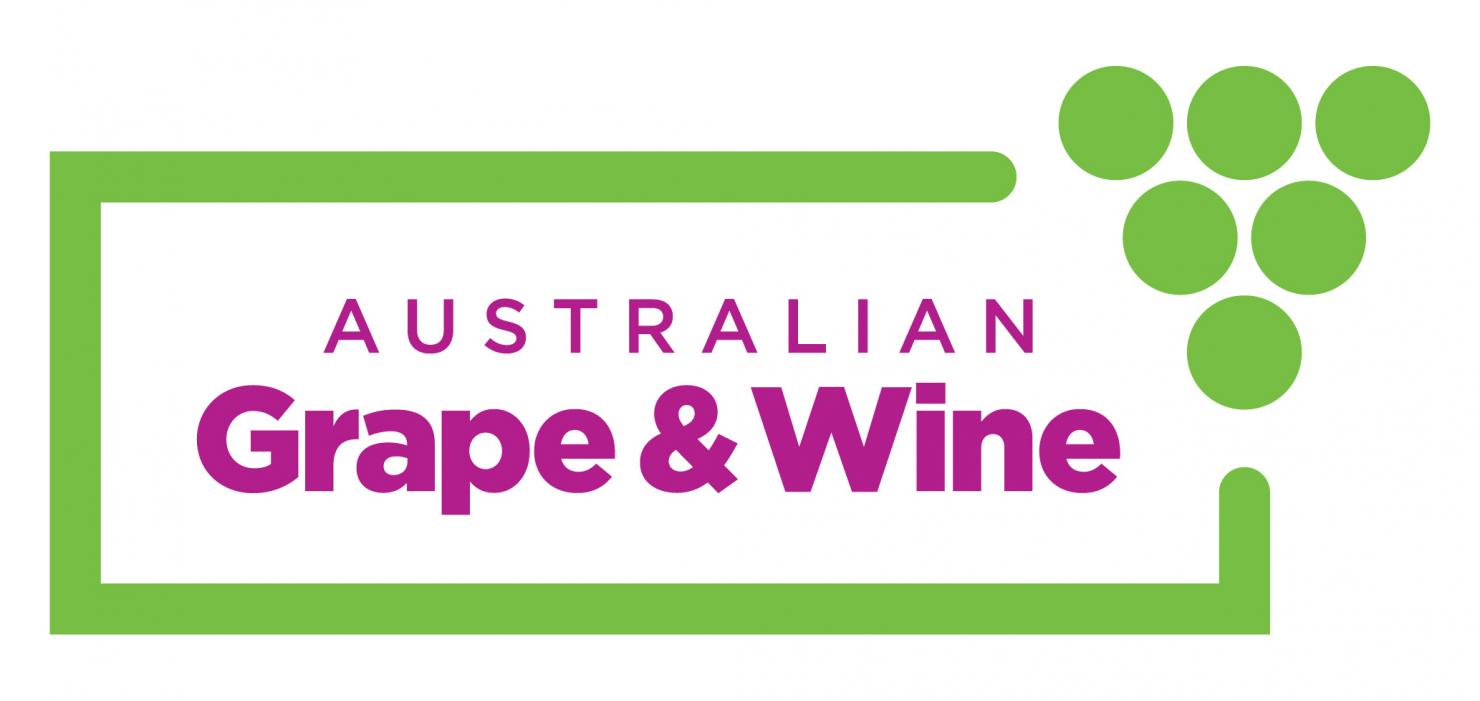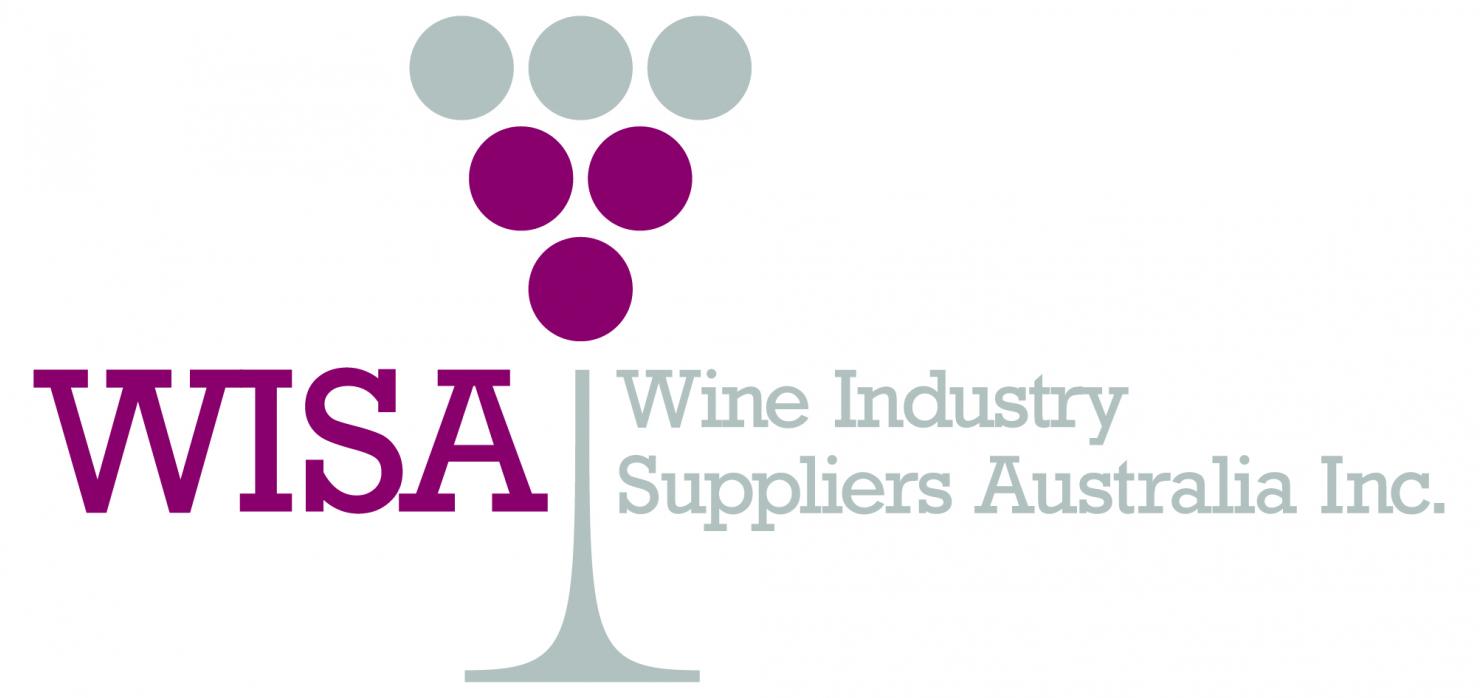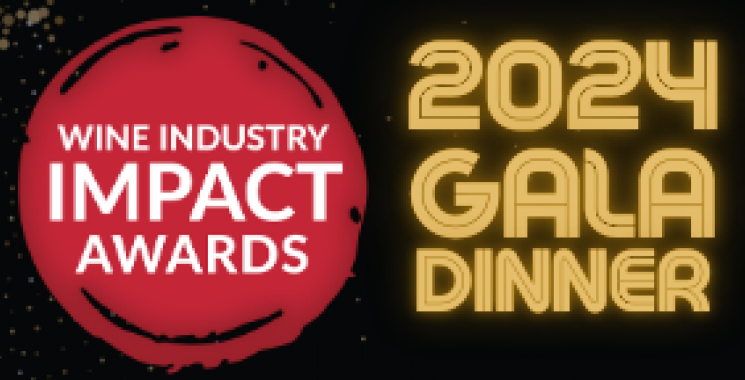

Finding common ground essential to navigating supply-chain pressures this season.
In the midst of ongoing freight and transport challenges and skyrocketing input prices, Australia’s grape growers, winemakers and wine industry suppliers are being urged to get informed, plan ahead and communicate early to ensure vintage 2022 runs as smoothly as possible.
The national representative bodies for Australia’s grape and wine sector and wine industry suppliers are joining forces to get the message out.
“We need to be pragmatic with the external forces impacting our sector” said Tony Battaglene, Chief Executive of Australian Grape & Wine. “Let’s understand the challenges and seek out solutions to the problems in front of us in traditional and innovative ways, rather than just ignoring what’s coming.”
Prices of phosphorous and urea are driving up prices of fertilisers globally, with some trading at $1000 per tonne, which is significantly higher than usual. Glyphosate prices have also more than doubled in price this year. These cost pressures add to the challenges importers and exporters are facing in term of accessing shipping container slots at a cost-effective price.
“The best way to achieve fulfilment is via close dialogue and collaboration with suppliers. The wine industry should be as transparent and communicative as possible to help suppliers respond to these complexities with accurate data on market demand. This will lead to a better outcome at vintage and mitigate the risks associated with rushed innovation” said Shirley Fraser, Executive Officer on behalf of the management committee of Wine Industry Suppliers Australia (WISA).
“We know the Australian Government aware of the issues relating to freight and input costs, and Ministers have sought our feedback directly” said Mr Battaglene. “To be frank, much of this is outside the Government’s control and it is up to businesses to work together to manage the challenges of the months ahead.”
“By seeking to understand the deeper flow-on effects of these complex global problems, we have an opportunity to seek out new supporting agtech and software too” added Ms Fraser.
“Whether you’re a grape grower, a winemaker, or an industry supplier, it’s really critical that you understand the challenges, plan ahead as much as possible and communicate with your colleagues along the supply chain” said Ms Fraser. “We need to make the effort to find common ground so we can navigate what’s likely to be a challenging vintage”.
Ends.
Media Contacts
Available for Interview: Tony Battaglene, AGW Chief Executive – 0413 014 807 / tony@agw.org.au
Media Contact AGW: Ali Laslett, 0424 135 381 / ali@agw.org.au
Media Contact WISA: Shirley Fraser, 0449 704 409 / eo@wisa.org.au
Media Contact WISA: Jason Amos, WISA Chair 0423 055 165 / chair@wisa.org.au
Background – Key points:
· Strong commodity and livestock prices are leading to increased demand for inputs across the agriculture sector. Coupled with significant increases in shipping and freight costs, and limited availability of shipping slots, this is presenting very real cost-pressures along the grape and wine supply-chain.
· The reasons for price increases are complex and will take time return to sustainable levels. It is likley price increases and transport delays will increase in severity into 2022.
· Phosphorous is an essential plant nutrient. Australian grain famers use the graunulated fertiliser at planting to establish crops. The fertilisers are made from phosphate rock reserves mined mainly in China, Morrocco, Western Sahara, the US and Russia. Last year 65 per cent of the mono ammonium phosphate (MAP) fertislier came from China.
· China is the world’s biggest producer of urea and in recent weeks has moved to tighten supplies domestically. This has had a significant impact on Australia given we source up to 80 per cent of our urea supplies, which are essential for fertilisers and diesel fuel, from China.


